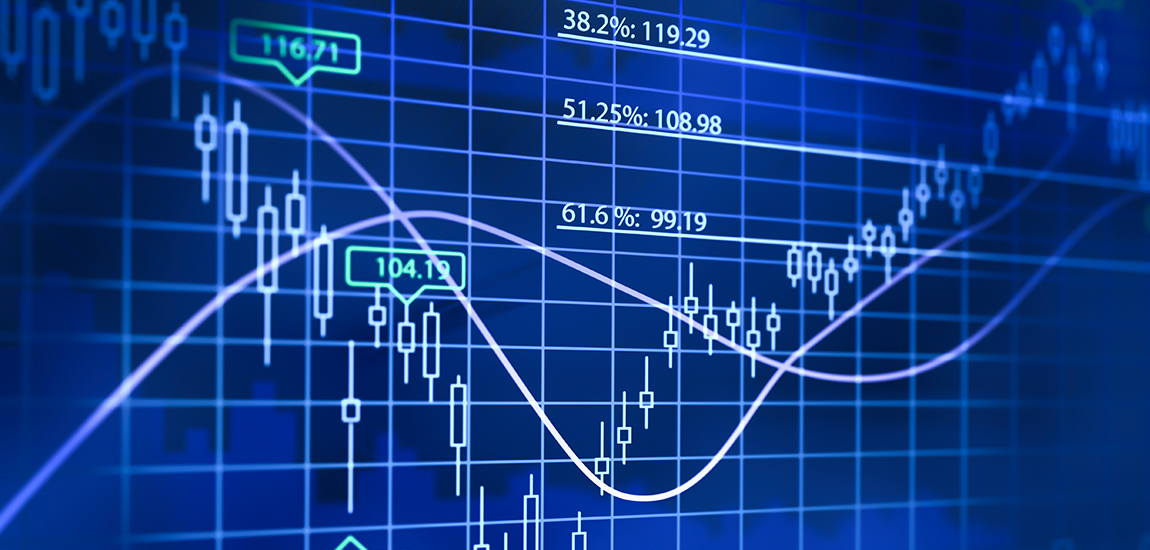
ETF Options Break New Records
And retail traders want in
After reaching new highs in 2021, option contract volumes are breaking records once again in 2022 amid heightened market volatility and the sustained growth of retail participation. In 1H 2022 market average daily volume reached 40.6M contracts, as ETFs regained their volatility-driven popularity and differences in institutional/retail trading patterns started to emerge.
ETF Options Break New Records as Retail Participation Grows
Just over one year ago, ETF trading accounted for a mere 23.6% of all options contracts traded in June 2021, down from over 40% two years earlier. Fast-forward to today, ETFs are capturing an ever-increasing segment of the options market. ETF options accounted for 41.5% of all traded options in June 2022, the third highest monthly number in the last three years, only behind March and April 2020 (45.7% and 43.5% respectively).
On June 13th 24M ETF contracts were traded - the third-highest daily number on record - at a put-call ratio of 1.75, which represents the second-highest such level only behind March 9th, 2020.
Such unusually high levels of ETF option trading have traditionally been attributed to a growth in hedging activity by institutional investors during periods of extreme volatility. However, as observed in Figure 3, retail participation has had a major impact in shaping this new normal. As of June 2022, 19% of all ETF option trading was retail-sized , compared to just 9% in December 2019 - a testament to the increasing popularity of ETFs among retail traders. During the same timeframe, institutional-sized trades have trended the opposite direction as the institutional-sized share of ETF contracts has dropped from 33% to 19%. In sharp contrast, retail-sized trades are capturing an ever-smaller share of single-stock option contracts after the 2020 peaks, with institutional-sized trades rising in prominence within the single-stock segment. Retail participation has also managed to find its way into index options, as the retail-sized share of index options has grown from under 7% in August 2019 to 24% in June 2022.
Bearish Sentiment Grows
In addition to growing options volumes, put-call ratios have also risen dramatically in 2022. The put-call ratio of monthly traded contracts grew from 0.565 in November 2021 to 0.932 in June 2022 in a sign that bearish sentiment is swiftly taking over the market. Still, this steady reversal of put-call ratios is not uniformly distributed in the options market - as shown in Figure 4, it can be attributed almost exclusively to institutional-sized trades. Put-call ratios for the rest of the market have also been increasing during the same period, but not nearly to the same extent.
Despite hedging activity appearing once again as a likely explanation for this trend, Figure 5 highlights that a bearish shift in sentiment is a more probable candidate. Options contracts on SPY and QQQ - two of the most commonly used ETFs for hedging purposes - accounted for over 25% of all traded contracts in June 2022, up from 14.6% in November 2021. Despite this higher share, put-call ratios for these contracts have remained relatively steady during the last two years. Hence, institutional-sized hedging activity cannot alone explain the rise in industry-wide put-call ratios.
Stock Options as Long-Term Upside Trading Instruments
As a natural outcome of market volatility, option strike price bands have widened considerably since the start of 2022. As evident in Figure 6, strike price deviations away from a symbol’s opening print - as a function of the days left until an option contract’s expiration - have widened close to (if not higher than) levels not seen since March 2020. For call options on stocks, in particular, the volume-weighted average deviation for those contracts for June 2022 stood at a staggering 5% more than it did in March 2020, in a sign that stock call options are seeing unprecedented levels of high-upside long-term trading.
The same trend is depicted in Figure 7, which plots volume-weighted ETF/stock days to expiration for every quarter since Q3 2019. The trading horizon of stock call options is noticeably diverging from that of ETF call options at an unprecedented rate - on average, expiration dates for stock call options were 25 days longer than those of ETF call options in Q2 2022, with that value reaching a new high in each of the last four quarters since Q3 2021.
QQQ and SPY Options Drastically Shifting Profiles
With retail participation showing no signs of slowing down, it was only a matter of time until these shifting dynamics found their way to two of the most frequently-traded ETFs in the options market - SPY and QQQ. Within the last seven months, retail-sized trades as a share of all SPY & QQQ contracts have risen from 15.6% to 21%. During that time, QQQ & SPY option contracts have risen 2.5x from a mere 8.5% of all retail-sized option trading to just under 22%.
Conclusion
Option contract volumes continue to break records at a record pace, as average daily contracts traded have doubled since 2019. The growth in retail participation has played a pivotal role in shaping market dynamics, with the recent rise in ETF option trading another testament to its impact. ETF option contracts now account for over 40% of the market, as retail participation has managed to penetrate yet another segment of the options industry. Still, institutional-sized trades remain they key driver of industry-wide sentiment, with the recent volatility-induced spike in put-call ratios stemming almost exclusively from such large-contract trades.
NYSE Research Insights
Find all of NYSE Research's articles on market quality, market structure, auctions, and options.